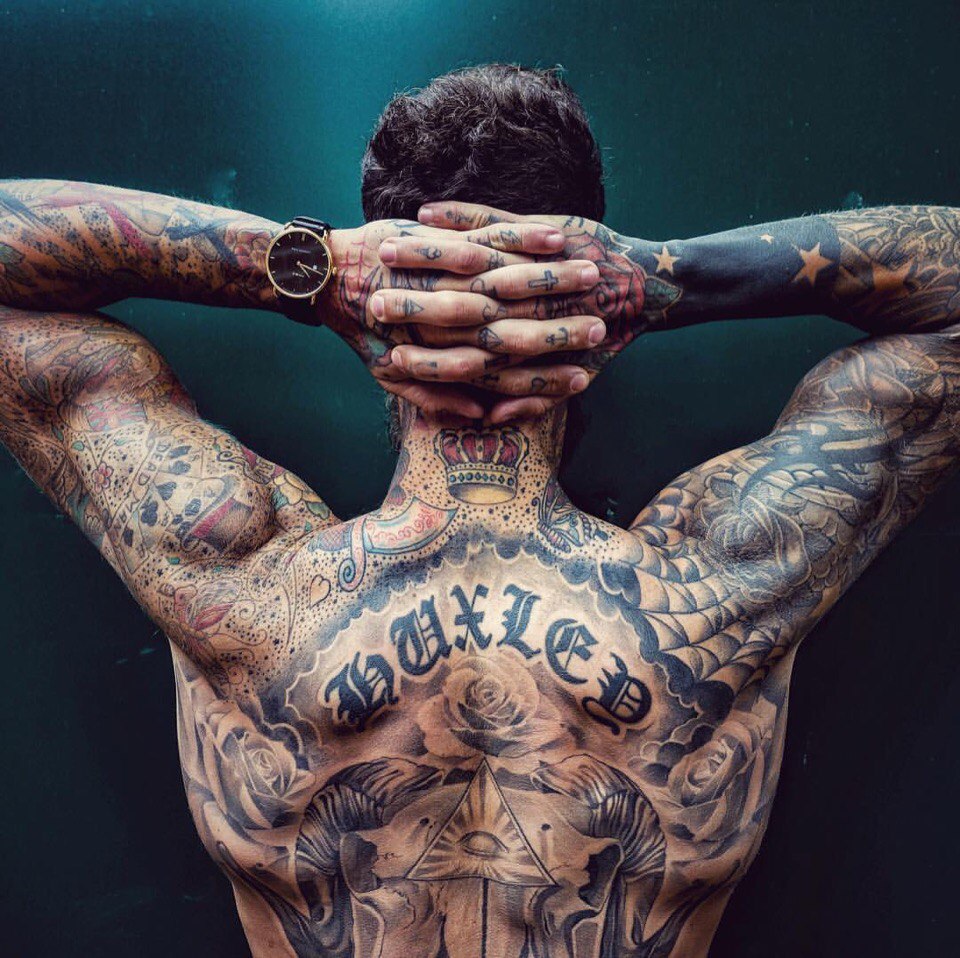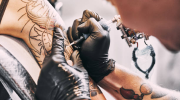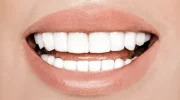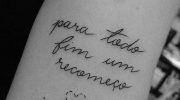The tattoo industry has evolved tremendously over the years, expanding the boundaries of traditional trends and continuously introducing innovative techniques and styles. Among these evolving forms, one style has remained universally beloved for decades: the realistic portrait tattoo. This art form captures incredible detail and authenticity, creating a visual effect so lifelike that it is often difficult to distinguish between ink and a photograph.
For many, a portrait tattoo is more than just a design—it’s a deeply personal tribute. Whether it represents a loved one, a role model, a cherished pet, or even a fictional character from movies or literature, the realism of the portrait ensures that the emotional connection is preserved for a lifetime. The process of creating a realistic portrait tattoo is meticulous and demanding, requiring skill, patience, and a keen eye for detail.
As a tattoo artist in Kassel, Germany, I specialize in realistic and portrait tattoos, a field that demands both technical expertise and artistic sensibility. My formal artistic education has provided me with a strong foundation in anatomy and academic drawing, which is essential for understanding the subtleties of facial structure, bone placement, and muscle contours. This knowledge allows me to replicate even the smallest nuances of a person’s likeness, from the sparkle in their eyes to the delicate contours of their jawline.
Selecting the Perfect Reference Image
The first step in achieving a stunning realistic portrait tattoo is choosing the right reference image. The quality of the photo directly affects the final tattoo; high-resolution images with clear details, proper lighting, and minimal shadows are crucial. Close-up images focusing on the face are ideal, as they allow the tattoo artist to capture fine features such as individual hairs, subtle expressions, and the natural interplay of light and shadow.
Lighting plays a particularly important role. Photos that are too bright or washed out make it difficult to distinguish the finer details that define a person’s unique features. Conversely, images with harsh shadows or poor contrast can distort the facial contours when translated into ink. Therefore, selecting the correct reference image is not simply a matter of preference—it is foundational to creating a lifelike and impactful portrait tattoo.
Placement Matters
Where a portrait tattoo is placed on the body can dramatically affect its appearance. For realism, the tattoo requires sufficient space to include all necessary details. Common locations for portrait tattoos include the upper arm, shoulder, chest, and thigh, as these areas offer relatively flat surfaces suitable for intricate work. However, the optimal placement depends on the individual’s frame. For example, a person with a larger forearm may find it ideal for a medium-sized portrait, while someone smaller may benefit from upper arm or thigh placement to allow for a larger canvas.
The contours and shape of the body also influence how the tattoo will age and how the design will appear over time. A carefully chosen placement ensures that the portrait maintains its realism and clarity, even as the skin changes naturally with age.
Techniques and Style
My work combines color and black-and-grey techniques, each offering unique benefits for portrait tattoos. Color allows for vibrant contrasts, blending warm and cool tones to create lifelike textures and depth. These color choices can breathe life into the tattoo, highlighting subtle features such as blush, eye color, or the warm undertones of skin.
Black-and-grey techniques, on the other hand, emphasize shading, contrast, and depth. They are particularly effective for capturing the character and expression of a subject, allowing shadows and highlights to define the contours of the face naturally. By combining these approaches, I create a signature style that is both realistic and expressive, ensuring that each portrait is unique and artistically nuanced.
The Importance of Skill and Patience
Creating a realistic portrait tattoo is not just about technical precision—it also requires patience and artistic sensitivity. Smooth shading, fine lines, and subtle gradations of color or grey tones demand careful attention and meticulous execution. Each stroke of the needle contributes to the illusion of depth and realism. This attention to detail is essential to capturing the essence of the subject, whether it’s the intensity of a gaze, the softness of a smile, or the texture of hair and clothing.
Moreover, understanding anatomy is critical. Knowledge of bone structure, muscle placement, and facial proportions allows the tattoo to maintain realism from all angles. Even slight misalignments can disrupt the lifelike effect, which is why precision is paramount.
Personal Significance
A portrait tattoo often holds deep personal meaning for the wearer. It is a tribute, a remembrance, or an homage to someone or something cherished. This emotional connection makes the tattoo more than just artwork; it becomes a permanent testament to a person, pet, or memory. As a tattoo artist in Kassel, I approach each commission with respect and understanding, ensuring that the final piece reflects both technical mastery and the emotional weight it carries.
Crafting the Perfect Portrait
To achieve the highest quality, a combination of elements is required: the right reference photo, careful placement, technical mastery, and artistic insight. By integrating my academic training, understanding of anatomy, and expertise in realistic and portrait tattooing, I am able to produce tattoos that are both visually striking and deeply meaningful. Every piece is treated as a unique artwork, with careful consideration given to light, shadow, texture, and emotional resonance.
Whether it’s a realistic portrait tattoo in full color or a nuanced black-and-grey piece, the goal is always the same: to bring the subject to life on the skin, creating a permanent piece of art that will be cherished for years. The combination of technical skill, artistic knowledge, and personal dedication forms the essence of my authorial style, ensuring that each tattoo is truly one-of-a-kind.









